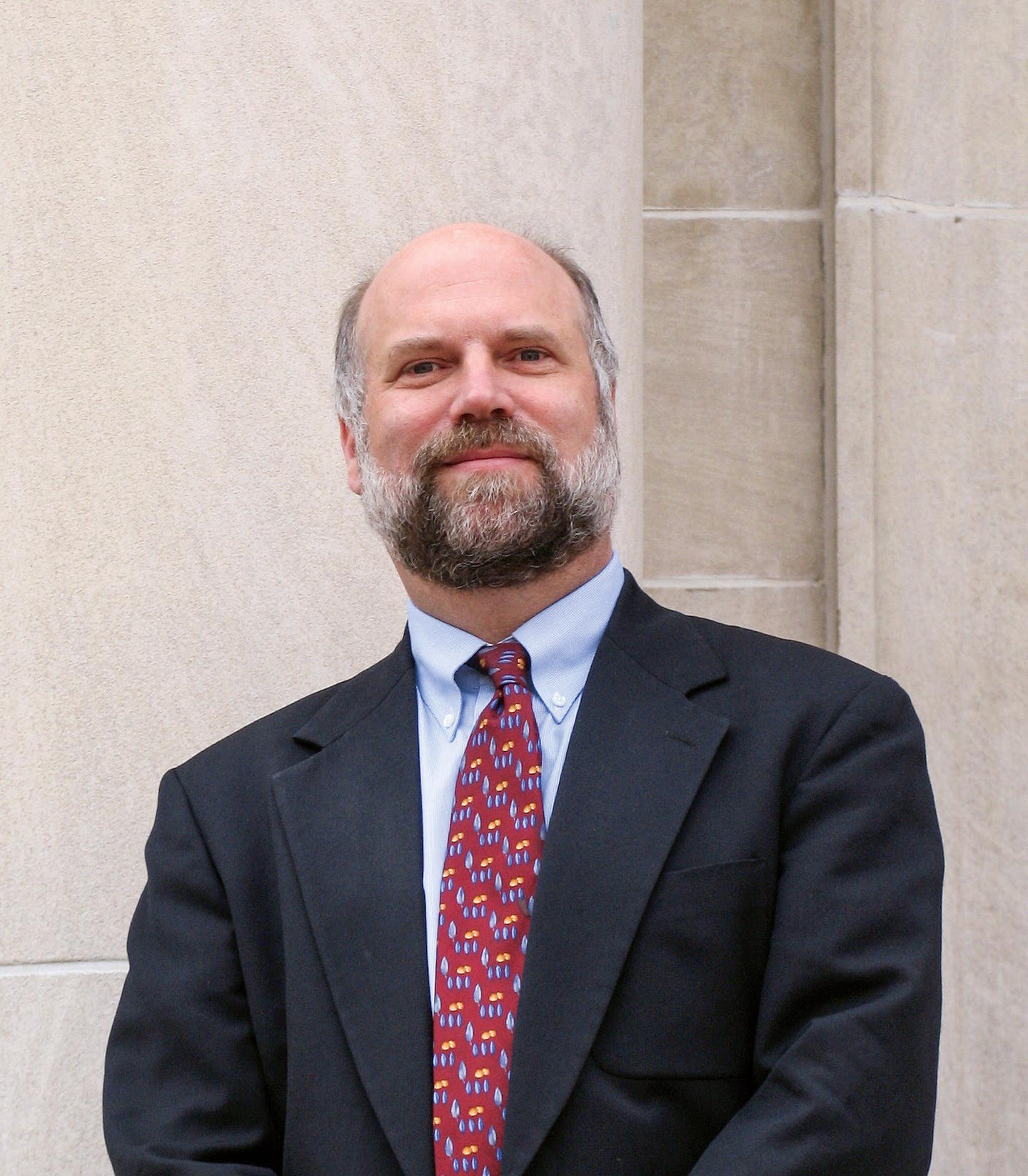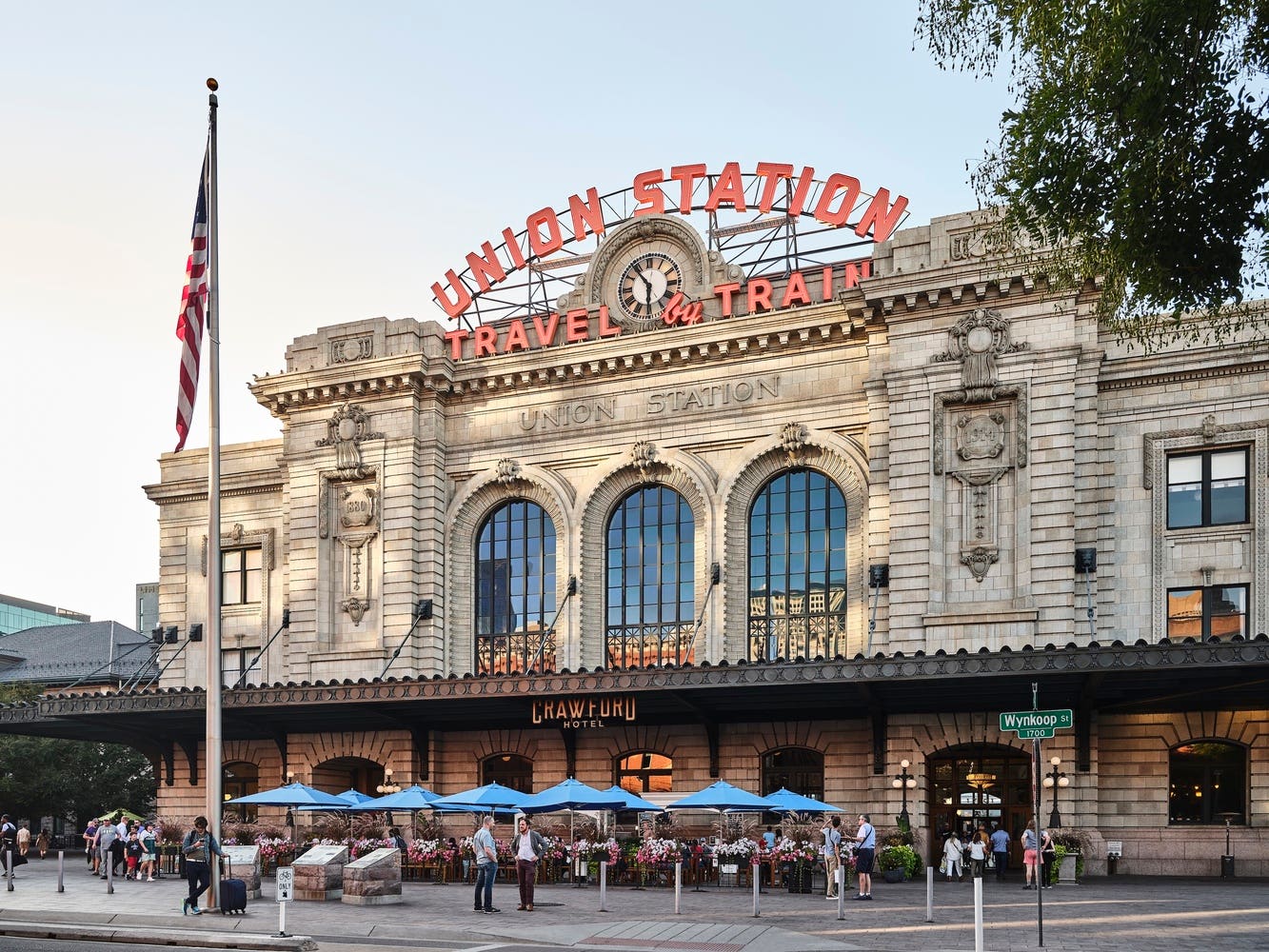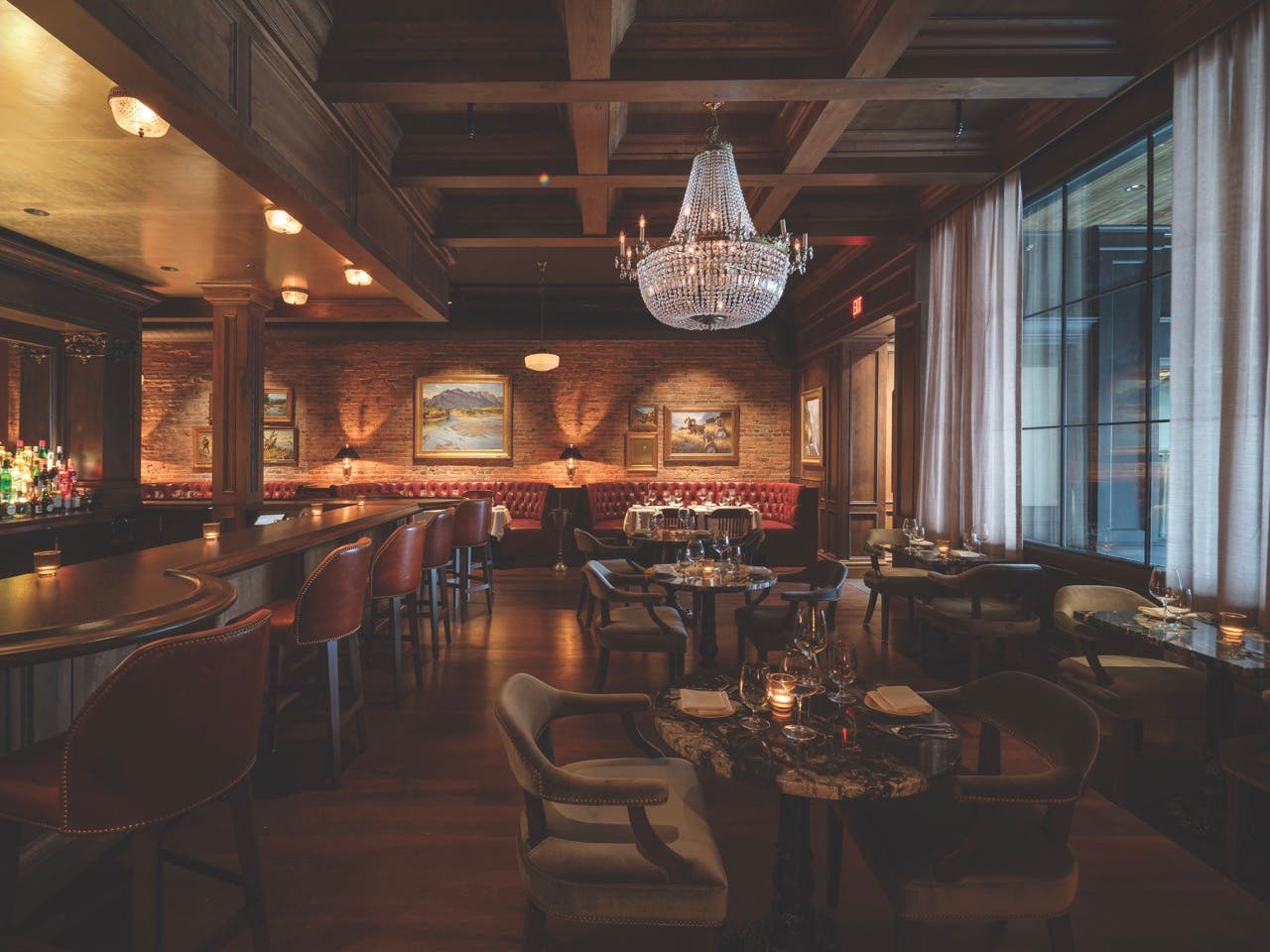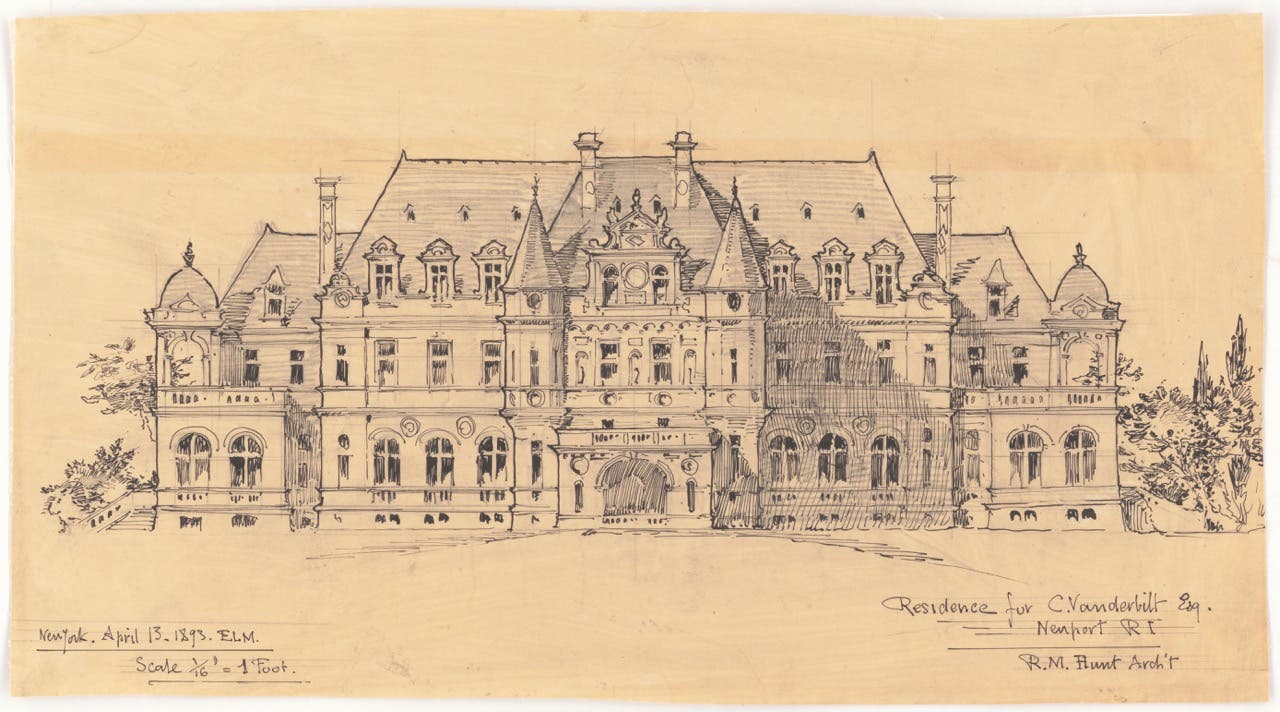
Profiles
Steven Semes: The Conservation Architect
From the very beginning, Steven Semes has been fully immersed in architecture. His childhood was spent running around the Mediterranean Revival style planned community of Coral Gables and swimming at Phineas Paist’s iconic Venetian Pool. The Lawn, Thomas Jefferson’s “Academical Village” was Semes’s backyard during his four years at the University of Virginia and his first job after college was at the branch reviewing grant proposals for National Register properties.
“Forty years on, I’m still connected to that experience…. it influenced the course of my career,” says Semes. After speaking with the Pueblo people in New Mexico, who wanted to continue the community’s organic building traditions, Semes asked himself “What are we preserving? A static moment or something ongoing?” Semes put these questions to practice while pursuing a Master of Architecture at Columbia University, inspired by Bob Stern’s passion for building traditions. When he re-entered the working architect’s world, he continued to ask himself these questions. “Think about the city as a whole—that is the resource.” In fact, following a series of public talks debating modernism versus traditional architecture, Semes put the conversation to print in his book The Future of the Past: A Conservation Ethic for Architecture, Urbanism and Historic Preservation (2009) in which he explores cultural inheritance and preservation.
Semes, with his Coppola hat and charming baritone cadence, is a thoughtful storyteller, whether detailing his career-influencing mentors, championing overlooked architects of Italy’s early 20th century, or lining up his must-see monuments of 20th century Rome. And after 30 years working with some of history’s greats including Philip Johnson, Jacquelin Robertson, and Alvin Holm, Semes switched the drafting table for academic robes as professor of architecture and preservation at University of Notre Dame’s School of Architecture. It’s quite fitting that from a Venetian pool, Semes is living in Italy, teaching in Notre Dame’s Rome Program.
We sat down for a cappuccino and a conversation on preserving heritage with Steven Semes:
1 Like the new classical architect of the 20th century, I’ve noticed that you are a contemporary Renaissance man—architect, critic, author, academic, artist, and government employee—what have been your most fulfilling projects? Your toughest? I didn’t plan it that way, it just happened, perhaps because I’m just interested in lots of things. But all these activities have a common thread: trying to make whatever small piece of the world I can have some impact on a little more orderly and beautiful. Most fulfilling is when some effort on my part seems to have made a difference in the lives of others, as when a building I designed as a home for a family turns out to be a true home for them or when students I have taught find success in the professional world. I’ve had the good fortune to see a lot of such positive outcomes. The toughest projects are those where the decisive factor is not some physical or technical challenge, but a human one: A successful project is usually so because all the parties involved want it to be successful, but there are times when conflicting agendas can interfere with success for completely “human” reasons, and those are the most difficult. As one of my mentors, Jaquelin Robertson, always said, “architecture is about people,” and we architects cannot forget that.
2 In today’s world of changing politics and sensitive history, what is the role of conservation architecture? The conservation architect? This is a complex and timely issue: because “heritage” involves the memory and sense of identity of a community, it is inevitably political. Whose heritage are we talking about? What parts of heritage are worthy of conservation and what parts can be allowed to change or be transformed into something else? Professionals in conservation need, above all, to assist communities in defining what parts of the built environment are culturally significant and what steps are appropriate to preserve that significance, also recognizing the need in most cases to accommodate growth and change. Different communities in the same place may have different views of what is significant and their conservation aims may be in conflict. In general, conservation professionals need to facilitate making heritage more visible, presenting the evidence for it as much as possible, and making sure the views of all relevant groups are represented. The first obligation of the conservation architect is respect for the historic setting and putting aside the temptation to impose some personal vision on a place that is significant for many people.
3 What do you foresee as the role of conservation architect in the upcoming decades? For the most part, it will be what it has been for the last century or so—bringing valued historic places to life in the world of the present. Given the challenges of environmental sustainability, climate change, economic justice, and recognition of the claims of previously underrepresented communities, there will be some additional challenges. These will be both technical (for example, helping places threatened by climate change become more resilient) and ethical/political (bringing to light previously undervalued heritage or aspects of heritage that may be painful). The conservation architect must also lead us to appreciate heritage not as something from the past that stays in the past, but something from the past that we bring with us into the present and future. We need to understand both continuities and discontinuities between the past and the present, and that means that conservation needs to be both critical and forward-looking. It must constantly pose the question: what kind of cities do we want to live in? How can we be at home in the world? And, of course, how can the “we” in those questions include as many diverse communities as possible?
4 Rome has often been considered an “Open Air” museum—how do you feel about that? What do you think that visitors overlook/don’t take into consideration when visiting Rome, and similar “museum/cities”? Italy has a number of cities that are effectively large-scale museums, and rightly so, given the immense riches in art, architecture, and urbanism they contain. But Rome and other “heritage cities” are also living communities, the homes of millions of people, and economic hubs. They need to strike a balance between conserving the riches they’ve inherited and accommodating the needs of life today. This was recognized a century ago by the Italian architect, urban planner, restorer, and historian Gustavo Giovannoni, who saw the need to give place to both the historic city and the modern one, side-by-side and in harmonious co-existence. The main obstacle to that today is the ongoing insistence of “contemporary” architecture on defining itself in opposition to all previous architecture, enforcing a sense of “rupture” between the historic and the modern city. If we can once again create a present-day architecture in continuity with that of the past, we can heal our cities, reduce gentrification, and manage tourism much better than we do now. Then, instead of certain cities being considered “museums” and attracting unsustainable levels of tourism, everyone could have the right to live in a beautiful place, not just those who can afford to live in or travel to “historic centers.” In this way, we can bring together beauty, sustainability, and justice.








